EK Holden: Never meant to be - 60th anniversary
Released on 2nd May, 1961, the EK Holden was never meant to be. Created in haste in late 1959, its purpose was to counter the possible local appearance of Ford’s and Chrysler’s new American compacts.
The EK is also a visual reminder of a time when Holden enjoyed almost 50% market share and had an opportunity to set the technical, product packaging and styling benchmarks for its own competitive advantage for the next decade.
The EK’s design to driveway story starts with the FB, which was out of date before it even appeared in showrooms. Lurking underneath its 1950s fins and wrapped windscreen was a frame that dated back to 1948. In his Classic Garage story, Dr John Wright summed it up by saying that the FB took Holden “one step forwards and one and a half back.”
At best the EK only regained that backwards half step.
Ahead of its launch, speculation was rife that the EK would be “all new.” Modern Motor’s legendary April 1961 scoop photos of the EJ added to the expectations of significant changes ahead. The magazine predicted the “new car will be out about the middle of the year.” Trouble was, the EJ was 14 months away from its release
When the little changed EK appeared, Holden’s PR folk insisted it was an “improved” car, not a “new” model. Wheels, MotorManual and Modern Motor splashed NEW across their front covers.
Sydney’s Daily Telegraph motoring editor, and racing car driver, David McKay, was blunt. Writing in Holden’s corporate magazine, People, he said “on first sight it is quite tricky to pick an EK from an FB.” Not a ringing endorsement in the company’s own publication!
Headlining the magazine and newspaper stories was the option of the HydraMatic automatic and that electric windscreen wipers and an internal bonnet release mechanism were now standard features.
Holden’s advertising and brochures claimed the HydraMatic was a “revelation in driving ease.” Some observers, however, quietly asked “what took Holden so long?” Ford’s Falcon and Zephyr, Hillman’s Minx, Austin’s A95, Standard’s Vanguard and Vauxhall’s Velox/Cresta all had automatic options before the EK appeared.

As much as the PR blurb sought to gloss over the bonnet release and the replacement of the despised vacuum operated wipers with electric units, no one was fooled. These deficiencies had been the focus of sustained motoring media and customer criticism for years. McKay wrote in People that “I found two of my pet complaints answered.” Ouch! The market leader looked to be, and was, in serious catch-up mode.
But there’s more to the EK’s story. Surprisingly, it did not feature in Holden’s plans until late 1959. It was a car developed in haste, and perhaps with a hint of corporate panic. Further, Holden was anticipating its automatic transmission would not be ready until mid-1962 in the EJ.
Thanks to a number of previously secret Product Planning Submissions, covering the period from early 1959 through to November 1960, the story behind the EK’s development can now be pieced together.
In April 1959, a twelve-page Preliminary Product Planning Submission for the EJ was circulated to key managers in Holden and GM in America. The opening paragraph discloses that “the Holden EJ sedan series, to supersede FB models, will feature major styling and body constructional changes.”
The submission mentions an automatic in vague terms, saying that “investigations are being made into the availability of a satisfactory automatic transmission for possible introduction as an option and relative details will be added when available.”
There is no mention of the EK anywhere in the document, which covers all aspects of the EJ’s styling and engineering. It contains dimensional and mechanical comparisons between the FB and EJ. Comparison photos taken in late 1958 show only an FC, an almost final FB and an EJ prototype.
What this document clearly indicates is that in April 1959 Holden intended for the FB to be in production for almost two and a half years until the release of the EJ.

However, when the April 1960 update of the EJ’s Product Planning Submission was distributed, it specifically requested recipients remove all comparisons to the FB and replace them with a new car program coded “EK”.
So, what happened between April 1959 and April 1960 to cause a new model to be rushed into development? The answer is in two parts.
The first is the late 1959 release of the Falcon and Valiant in the USA. It is obvious Holden’s executives realised (or were told by Detroit) that they needed something “new” in the market in 1961, if only to counter the possibility that Ford and/or Chrysler might bring their sleekly styled American compacts to Australia.
The second is outlined, in retrospect, within Holden’s long-range Forward Product Planning Program, dated April 1960. It explains that in April 1957 Borg Warner was asked to develop a locally built automatic, but had been unable to deliver an acceptable transmission, necessitating a switch to a version of GM’s HydraMatic. The document indicates that testing had been underway since early 1960 and predicts the HydraMatic would be available in May 1961.
The Forward Product Planning Program also features the successful testing results of a new 144 cubic inch “grey” motor. More on this later.
Together, these documents indicate the decision to develop the EK was to counter the possible arrival of the Falcon and/or Valiant and to recognise the quicker than expected development of the HydraMatic.
On 9th October, 1959 the Product Planning Submission for the EK was circulated. It described the styling as “minor facelift of the FB series” and included the HydraMatic.
“Minor facelift” is an exaggeration. Design studio files reveal that the EK’s styling proposals were minimal in number and creativity. They were fast tracked and approved in March 1960.
The submission document went through multiple updates as the EK program progressed. Successful tests of the HydraMatic were reported in June 1960 and the HydraMatic badge was approved in July. Eight weeks after the Falcon’s launch, the November 1960 revision confirmed electric wipers. In January 1961 the internal bonnet release was made standard equipment. Holden was certainly in catch up mode.
Our automotive history has largely overlooked the EK, yet it was a big seller. From May 1961 to July 1962, 150,000, of which 25% were automatics, went from dealers to driveways, equating to around 45% of the market. By comparison, the local Falcon was lucky to reach a third of the EK’s sales in the same time period.
And how’s this for a statistic. During its production run the EK was the one of the largest selling “compact” cars in the world. The Falcon managed around 480,000 sales in the USA, followed by the Corvair (300,000), Rambler Classic (214,000) and Valiant (167,000). Vauxhall’s Velox/Cresta, Opel’s Kapitan, and BMC’s Oxford/Cambridge all achieved around half the EK’s sales.
But I can see where opportunities were lost.

With almost 50% of the market, Holden was ideally placed to shape the future for its own competitive advantage. Its executives ought to have anticipated the range of challenges presented by the possible arrival of the Falcon and Valiant, long before they appeared in the USA, and been pro-active in meeting them. Why was so little done?
Dr John Wright answers that question in his book. Quoting the late John Bagshaw, a former Vauxhall and Holden managing director, he wrote that “complacency set in ‘after the first six months of Holden being a marker leader.’”
Complacency always leads to lost opportunities and here are my observations.
Standard equipment: The late inclusion of electric wipers and internal bonnet release in the EK’s program seems a small thing today, but it demonstrates a knee-jerk reaction to the Falcon’s higher level of standard equipment. Had Holden’s bosses anticipated this possibility they could have incorporated them in the FB, which would have set a benchmark, and then leveraged it upwards whenever they liked to maintain a competitive advantage. They missed that opportunity to lead.

Luxury: At a time of increasing affluence, Holden’s product planners ignored the opportunity to generate significant publicity with a “luxury” version of the EK. All they had to do was make the HydraMatic standard, select items from the NASCO accessories brochure and make them standard too, set a premium yet attractive price and give the car a name like “Premier” or “Super Special”. It would have set another benchmark that Ford and Chrysler could not match at that time.
Power: For the FB, Holden enlarged its engine to 138 cubic inches/2.26 litres. By the end of 1960 they had developed a 144 cubic inch/2.4 litre version. It was never used. This allowed Ford and Chrysler to boast about offering buyers a choice of larger, more powerful engines. It took Holden until August 1963 to somewhat catch up.

Styling: Why Holden expected the FB to remain on the market from late 1959 until mid-1962 and did not implement a facelift when the FB’s shape was approved in January 1956 is an enduring mystery. By comparison, the 1958 FC’s styling was approved in early 1956, months before its FE predecessor appeared.
The hurried pace of the EK’s unplanned development prevented any meaningful design changes being made. Ironically, an early EJ proposal, shaped in late 1957, had an FB-like front and flat, finless rear fenders. It would have been an ideal candidate for the EK, had Holden’s senior team had more foresight.


I’d argue that these examples suggest complacency had seeped into Holden’s decision making at the very moment its market leadership was being challenged for the first time. Can this complacency be quantified? I calculate that the EK lost between 20,000 to 25,000 potential sales to the R/S series Valiant and XK Falcon, depending on the assumptions. In today’s money that is around $700-$800 million of top line revenue. It is a stunning amount of money to give away so easily to competitor companies.
The EK’s legacy is that it represents an inflexion point in Holden’s history. What had made Holden successful before the EK—the highest priority given to building enough cars to satisfy exponentially increasing demand—would certainly not ensure its success in the future. Styling, power, options and standard equipment were now critical to the purchase decision.
Because of its minimal design changes, no choice of engines and obvious catch-up equipment, the EK asked the question “is this really progress?”. If the FB was not motivation enough, the EK certainly gave potential Holden buyers a reason to buy a Valiant, Falcon, Austin Freeway or an imported car instead, and never visit a Holden dealership again.
The market fundamentally changed in the fifteen months bookended by the arrival of the Falcon and Valiant. The era of Holden luxuriating in 50% market share was over. Aggressive competition was the new normal. It was at this point that Holden’s decision makers had the opportunity to pro-actively elevate the technical, product packaging and styling benchmarks for its own competitive advantage into the future.
And Holden and its dealers would now have to strive much harder for every sale, for every market share point and for every dollar of revenue.
Retroautos is written and published by David Burrell with passion and pride.

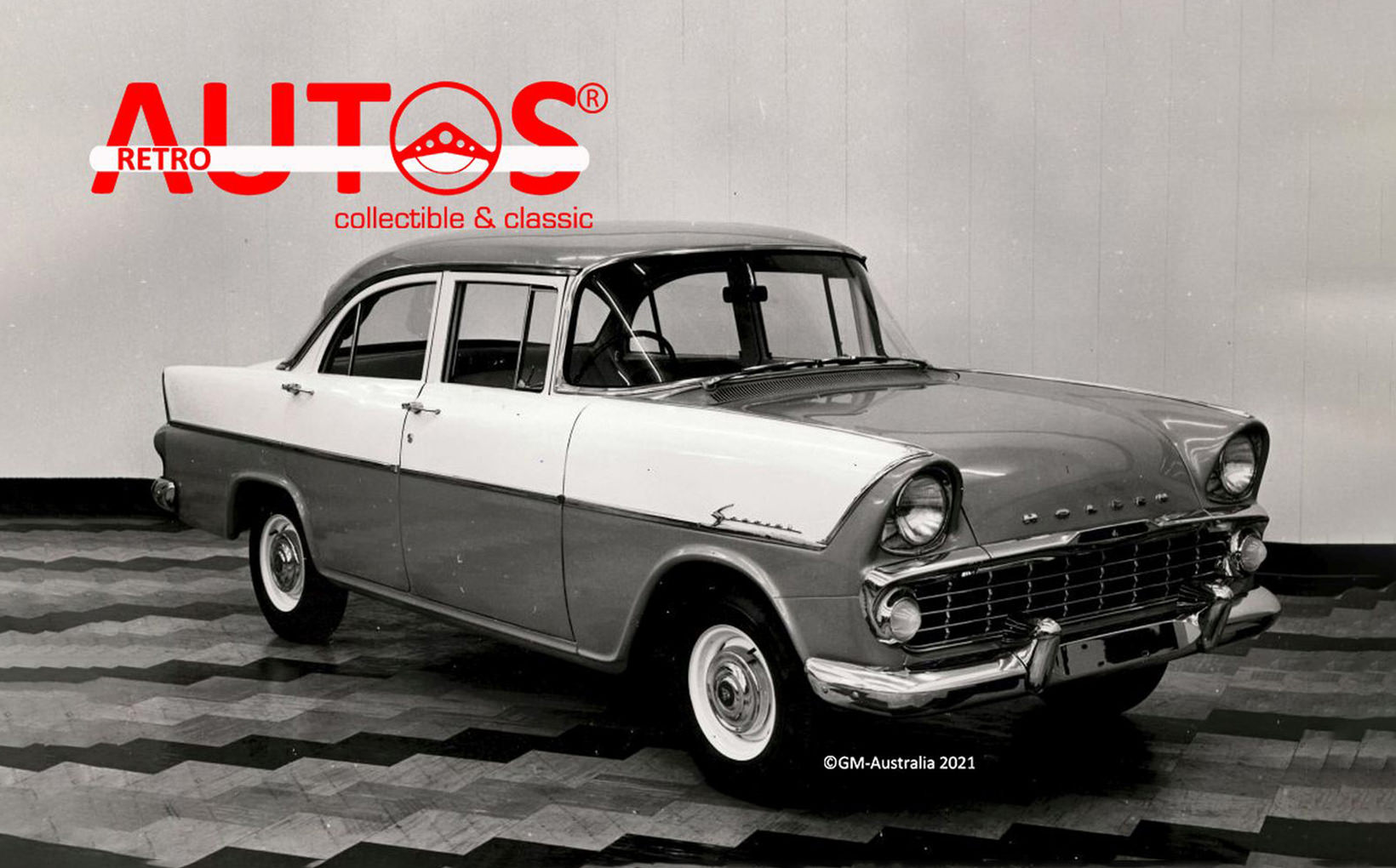
















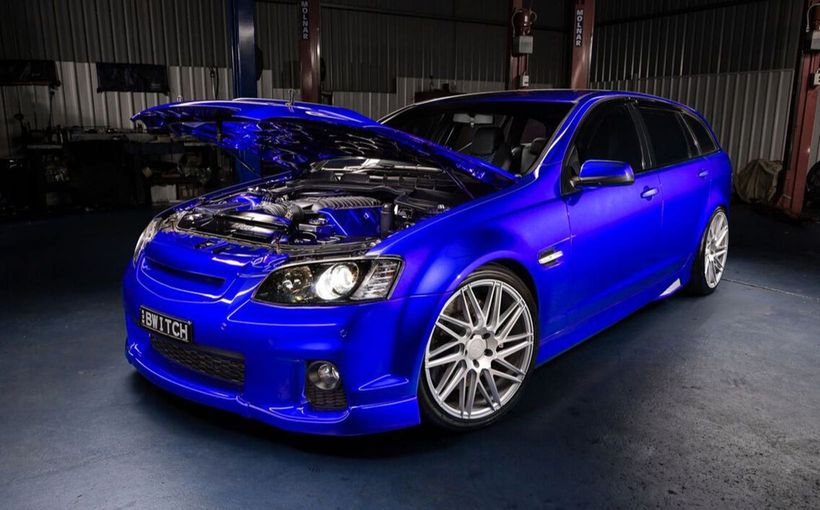
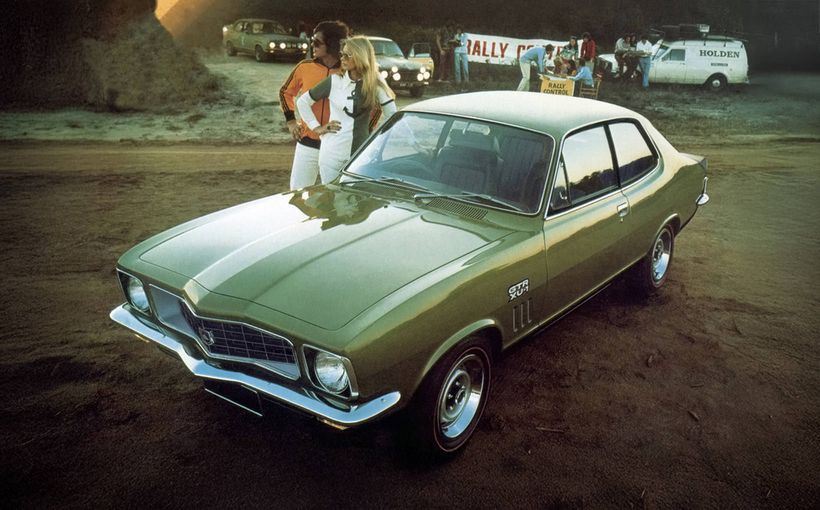
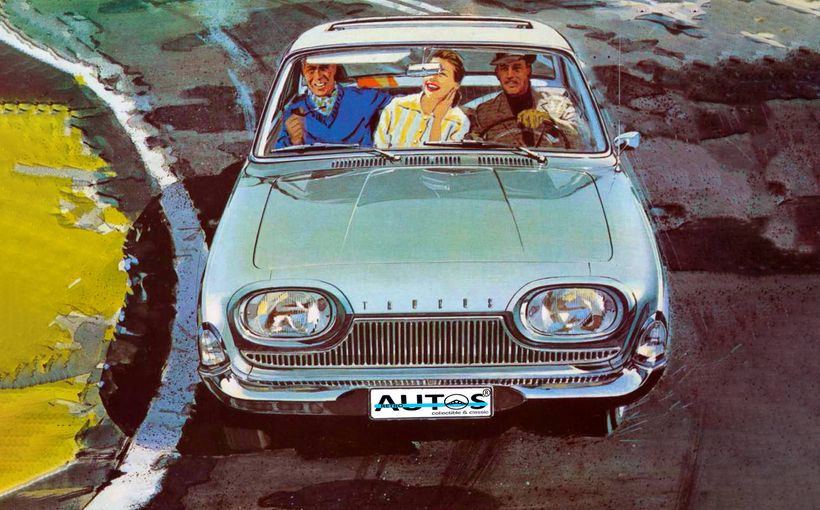
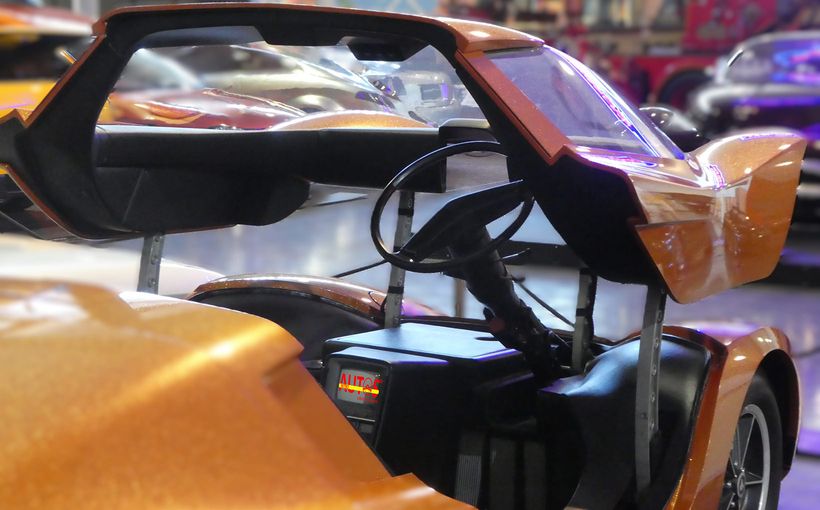

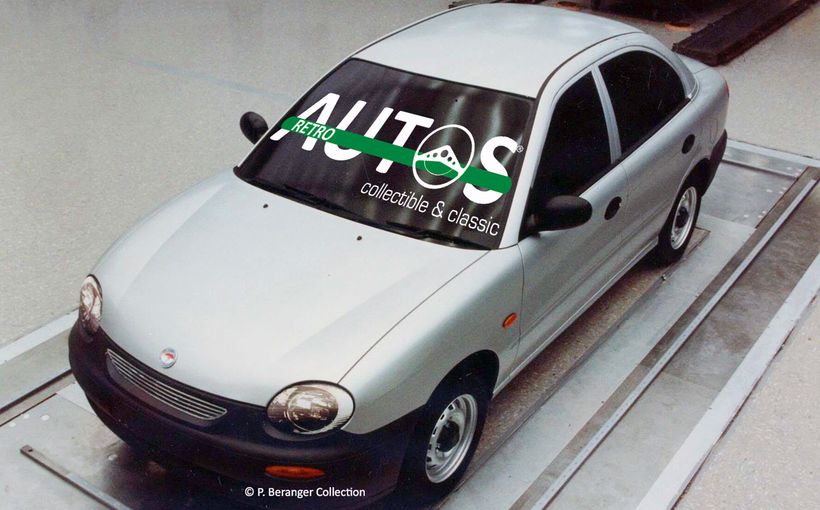

Comments